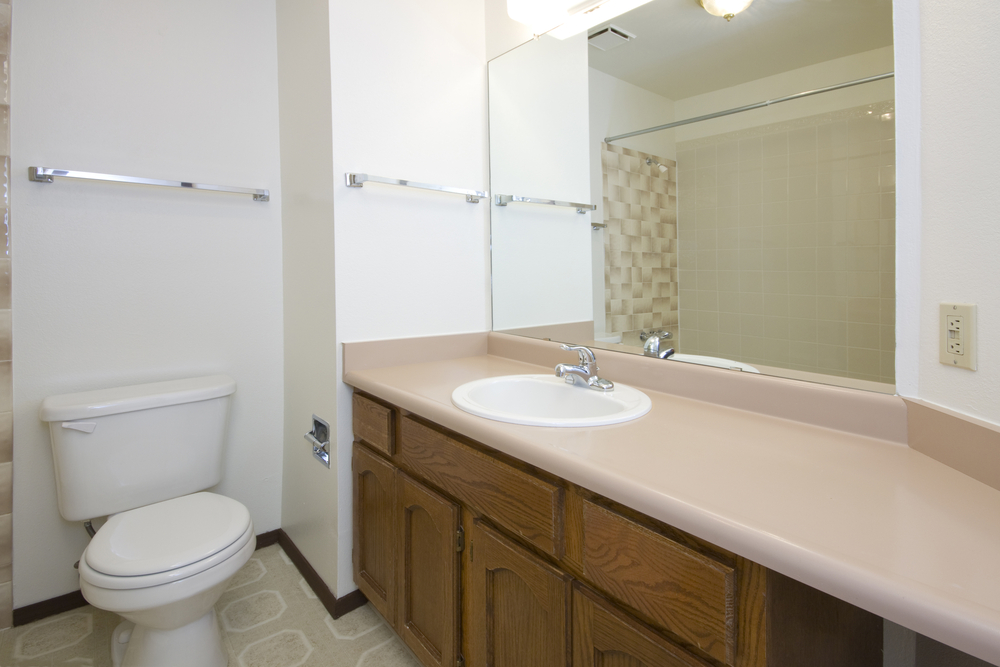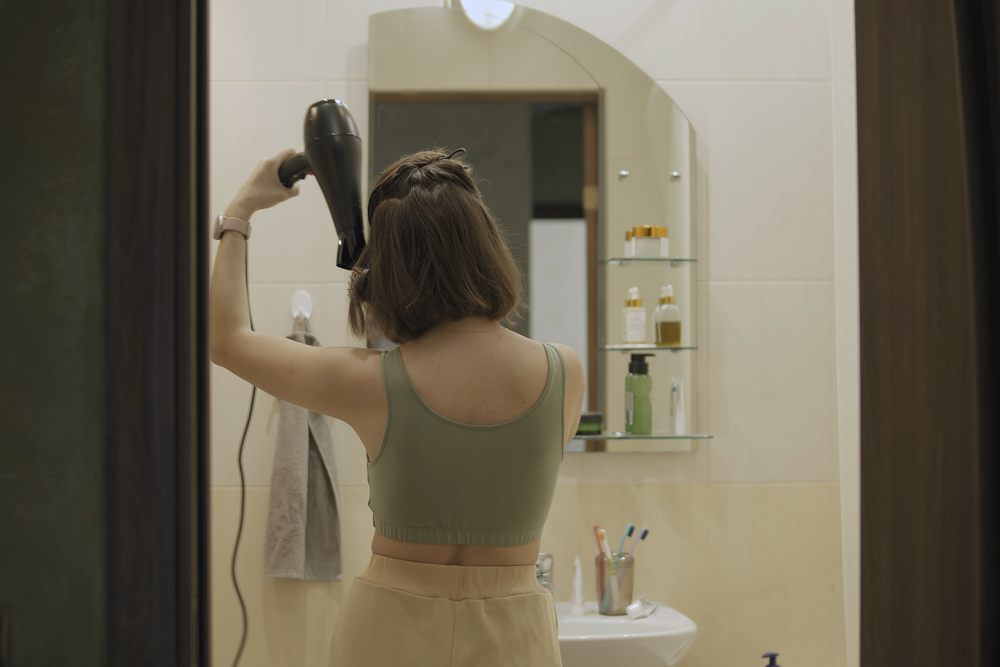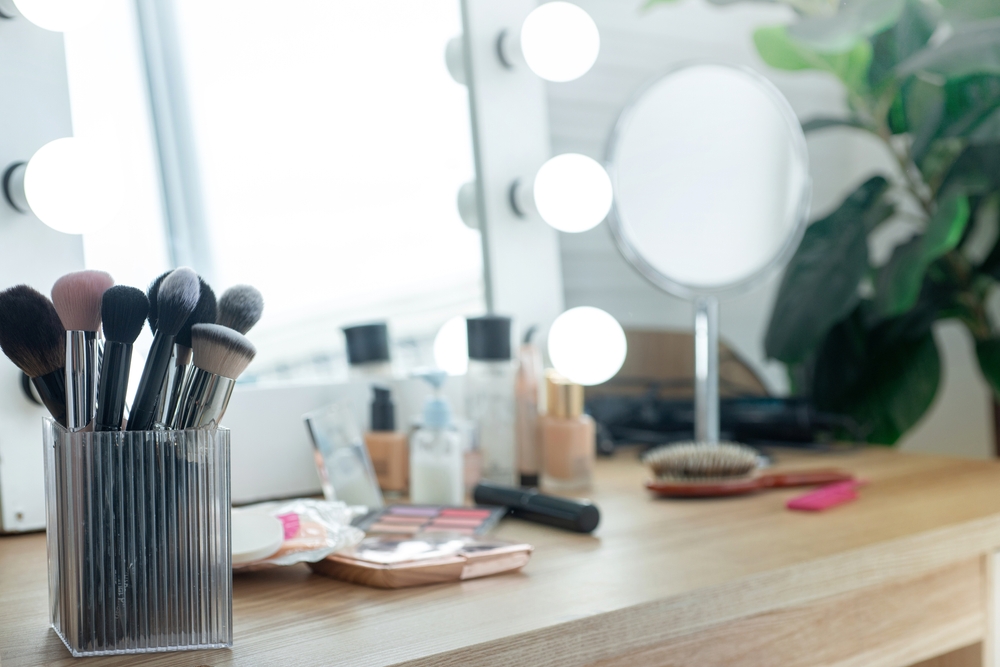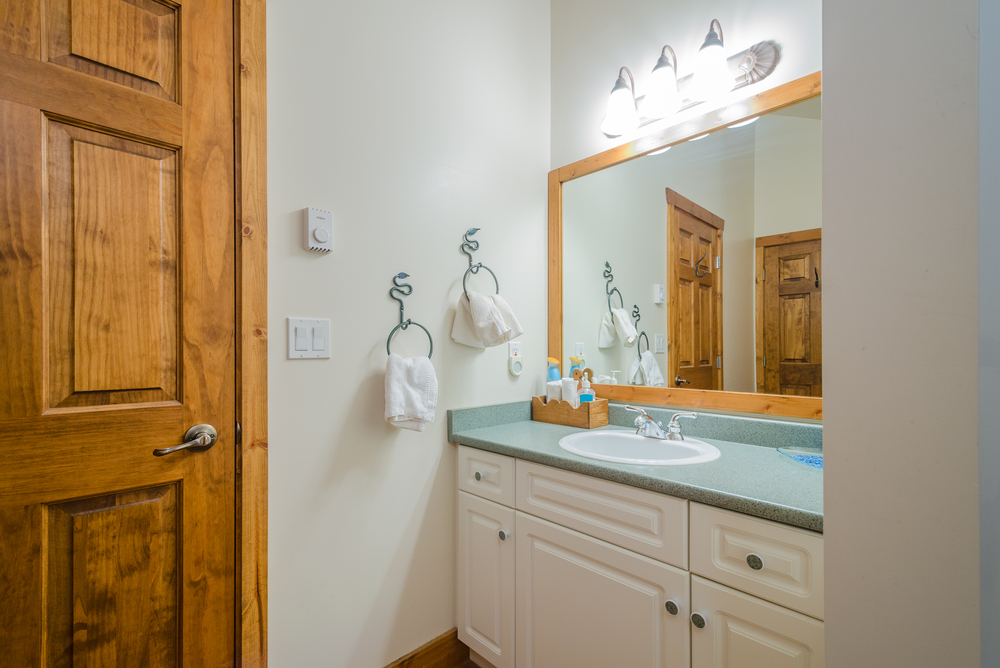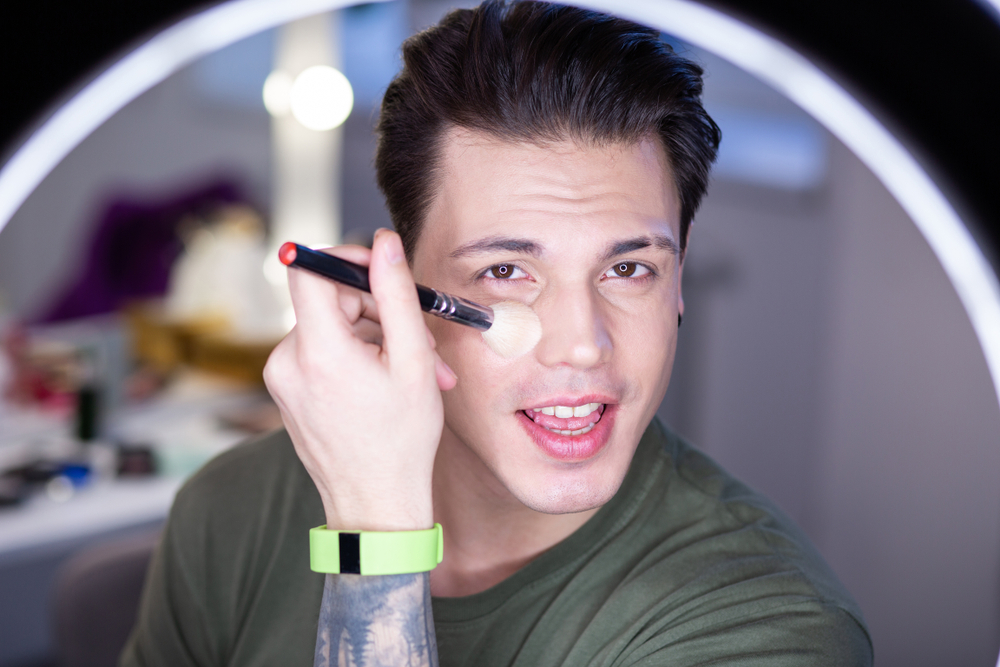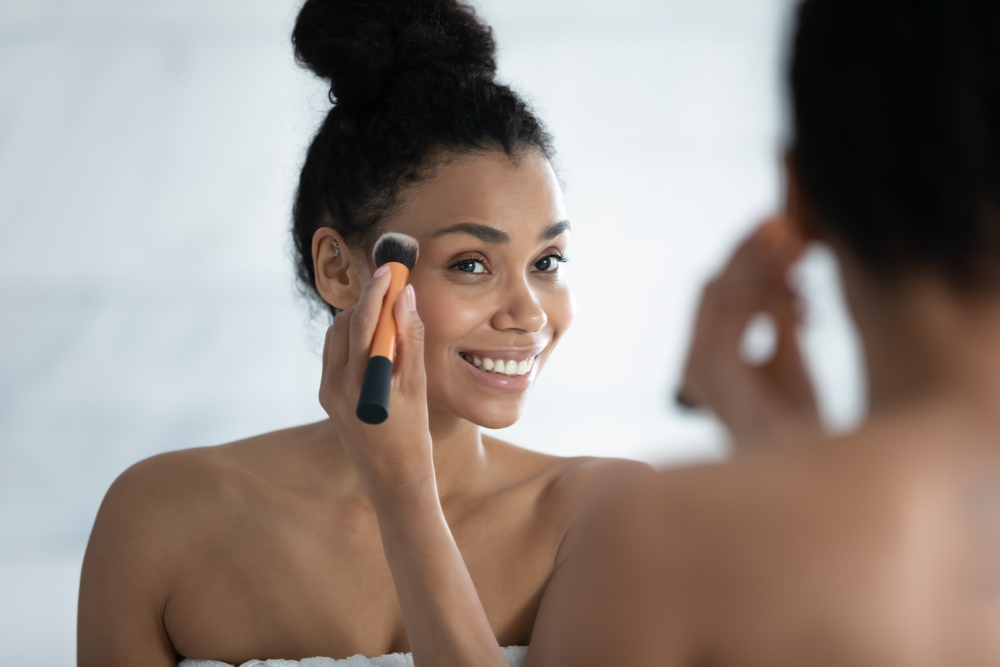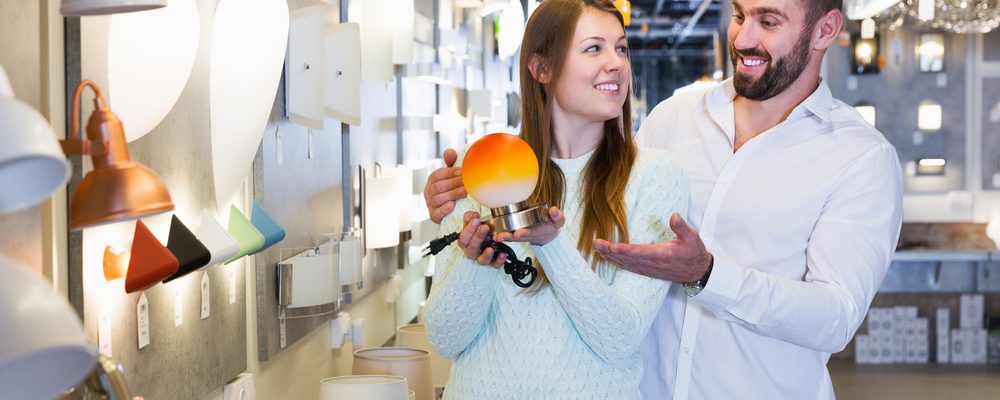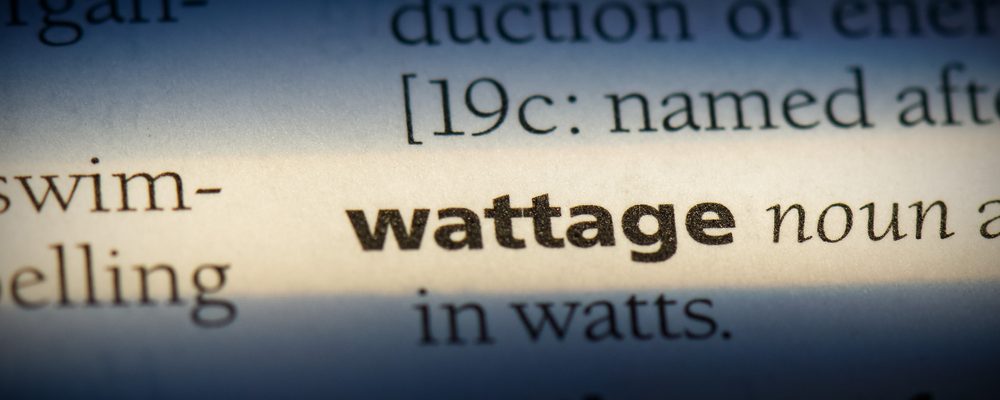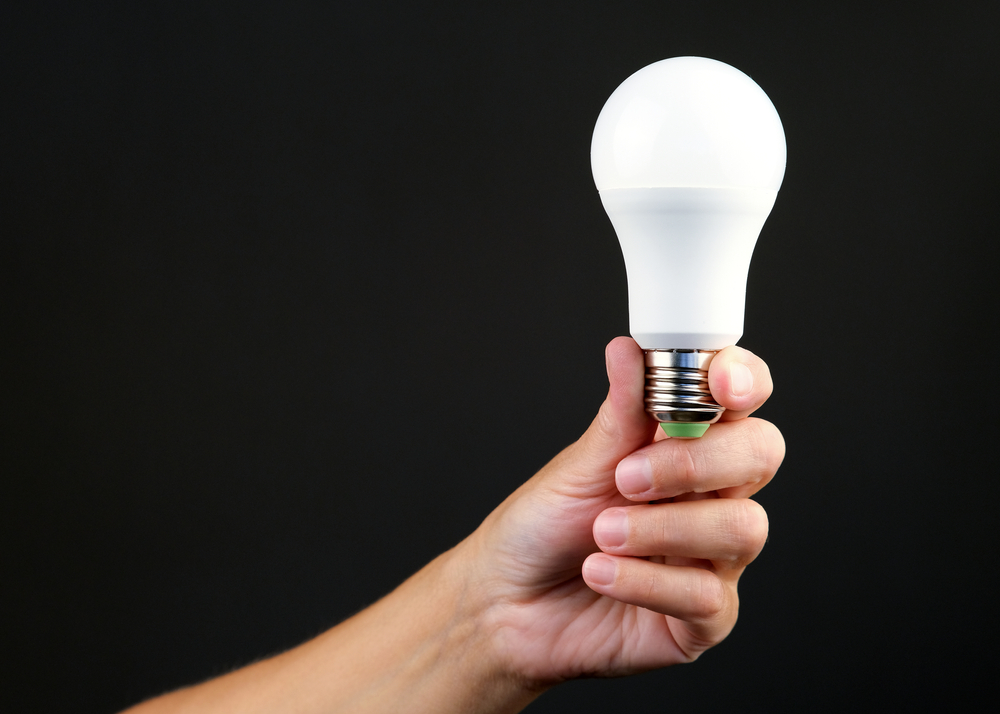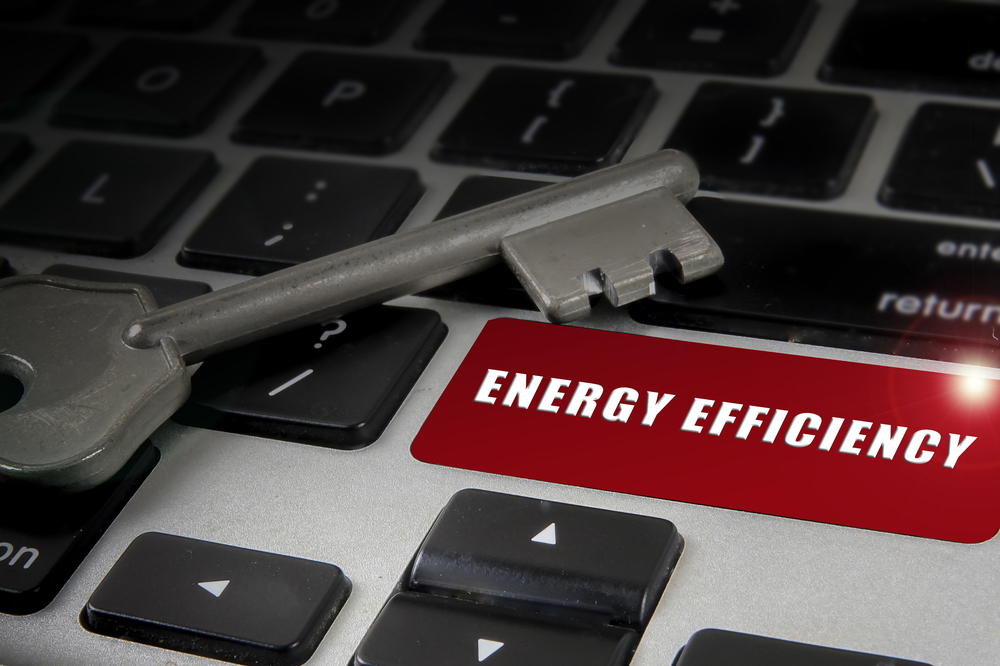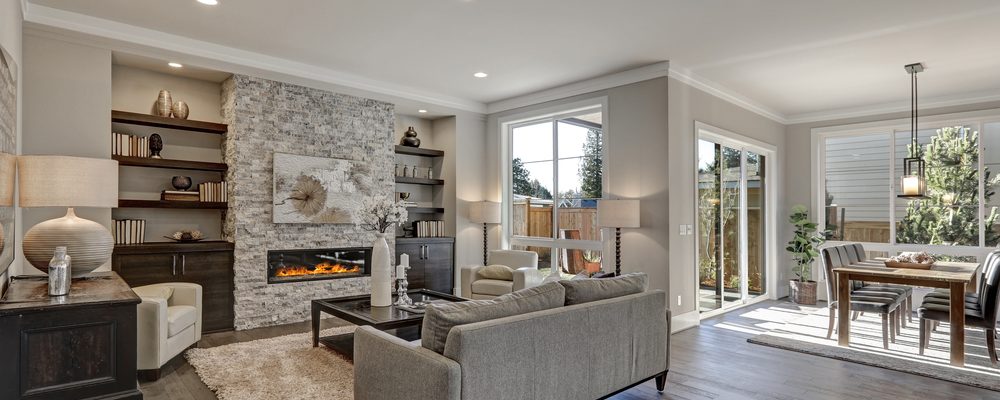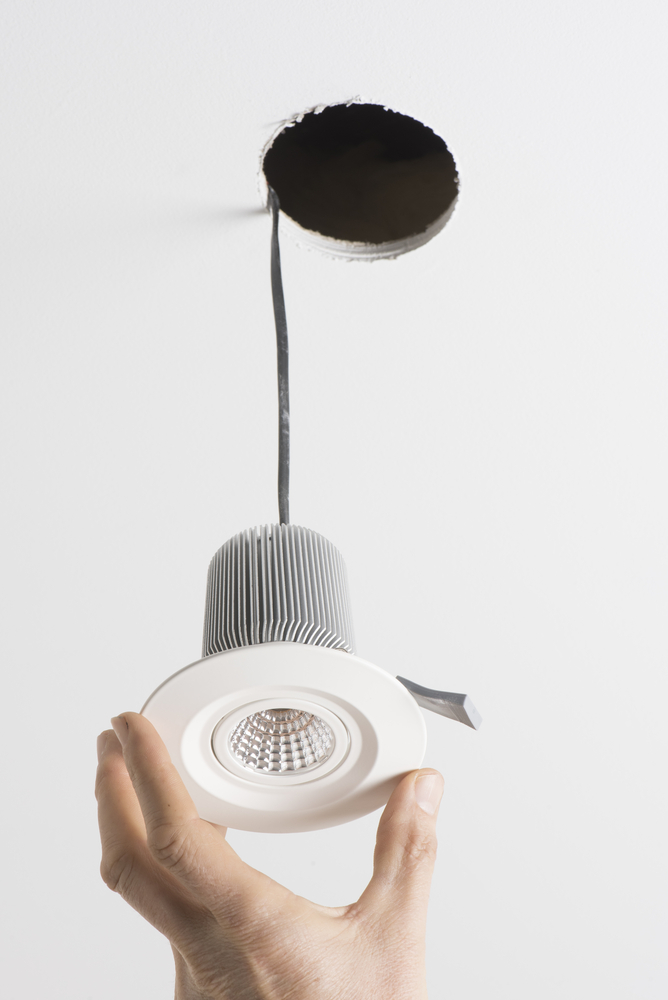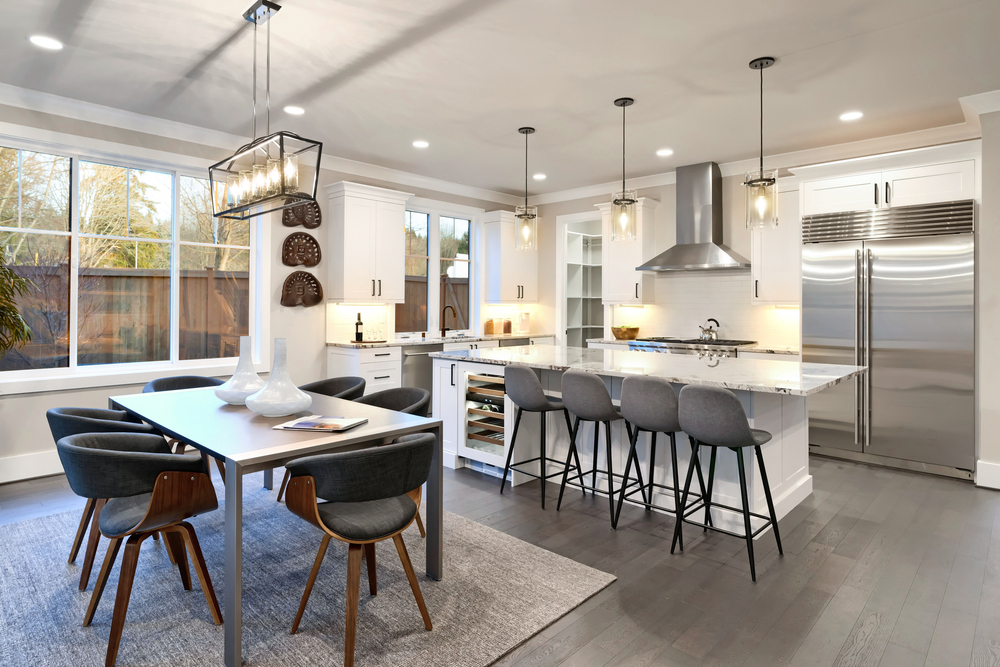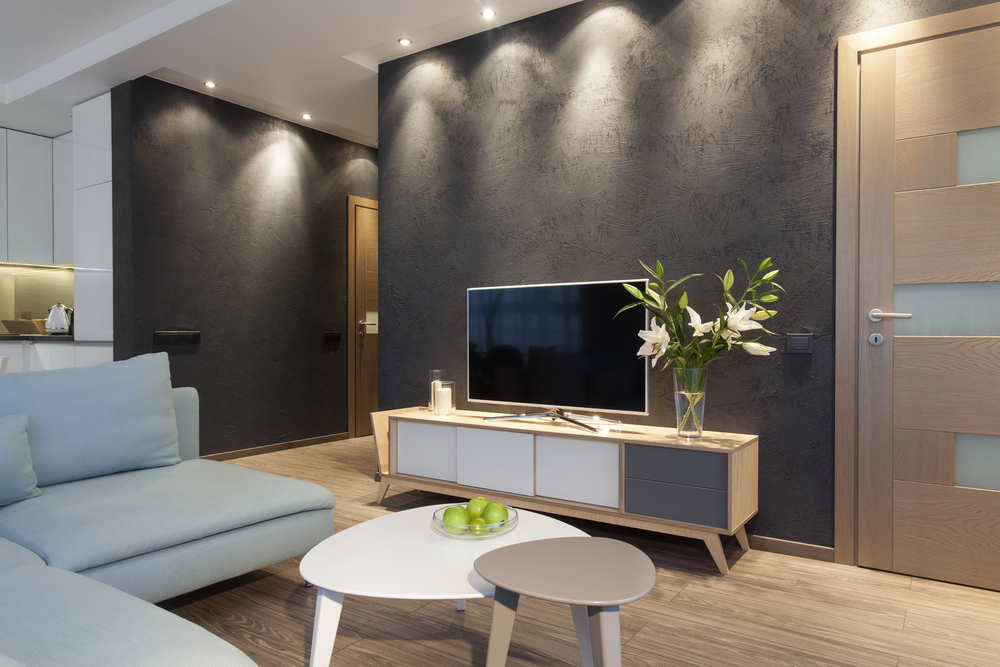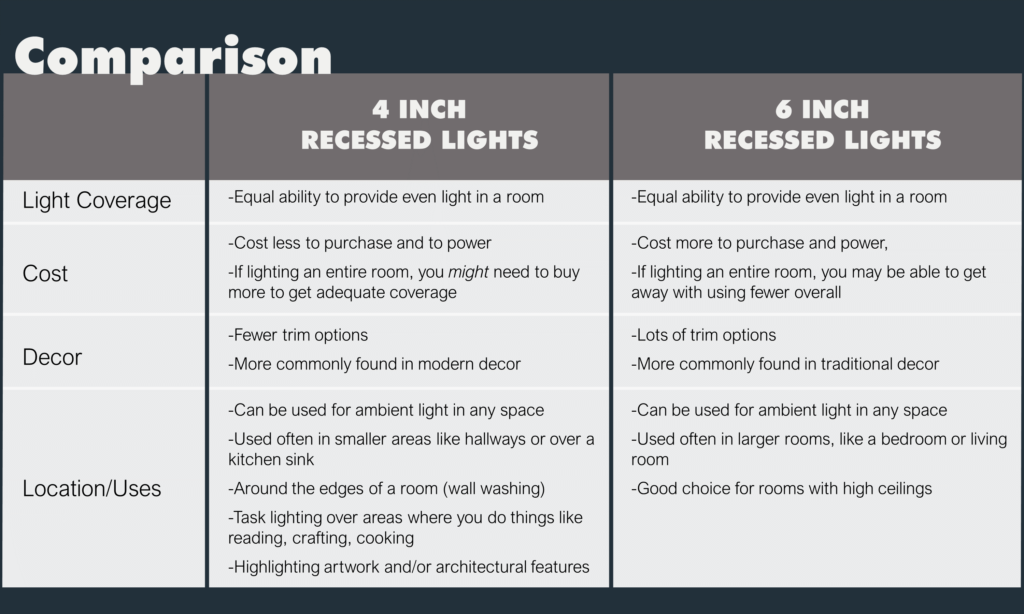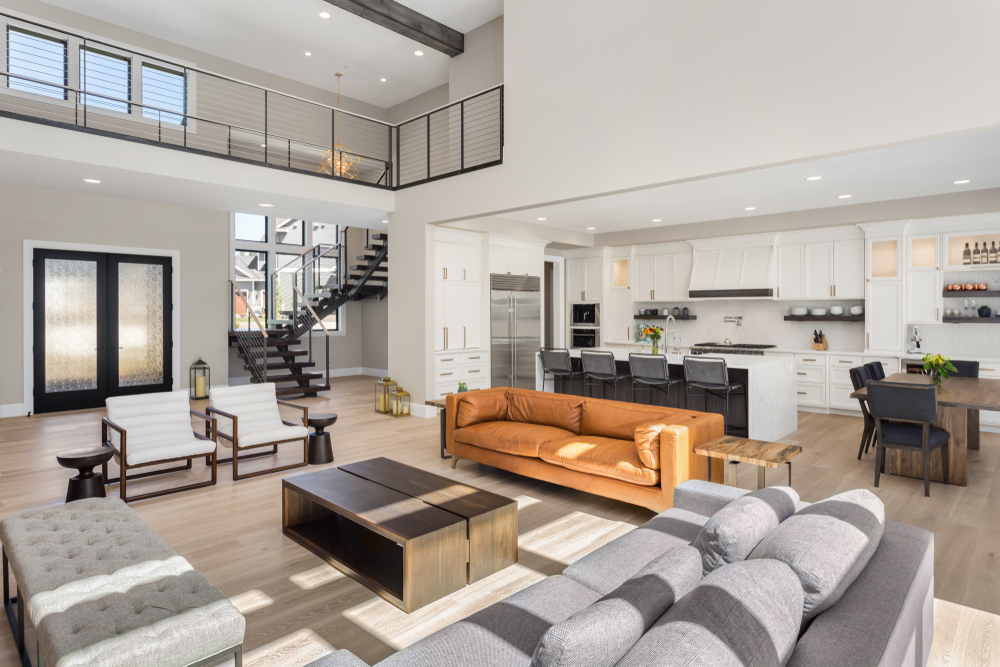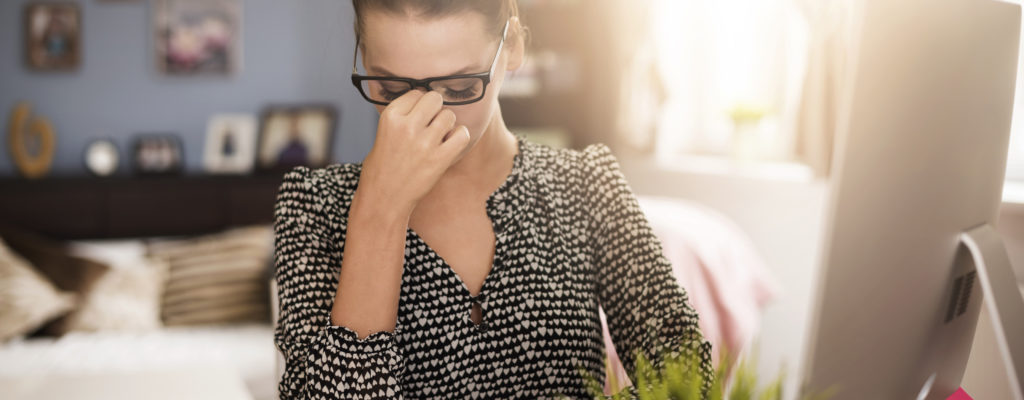Thanks to old age and plenty of other conditions, bad eyesight is far too common. Some of us here at Hobrecht Lighting suffer from it, too! Surprisingly, home lighting has significant influence in improving (or worsening) one’s vision. So though your home lighting likely has great style, it may not be functional for struggling eyes.

Luckily, there are plenty of ways to light for function and style. In fact, having the right home lighting can make details clearer and reduce the need for magnification. Improving home and office lighting can simplify everyday tasks and ease vision strain, so try applying a few of these easy tips!
1. Use Natural Light Whenever Possible
The first suggestion is to be in natural light at every possible opportunity. Sunlight provides a soothing, bright light that maximizes vision and improves mood. For flexible activities like crossword puzzles, reading, or even homework, place a chair in natural lighting and enjoy the benefits of the brightness.
2. Switch to LED Bulbs
Aside from sunlight, the next best lighting option is LED bulbs. They provide bright light, last for hours, and come in a variety of cooler tones than incandescents. LED lights last thousands of hours so you won’t need to worry about replacing them after they’re purchased.
3. Increase the Number of Lights
Another simple way to boost your lighting is to increase the quantity of lights in the home. Lamps are a great way to start, since they require no structural changes. Remember, when putting lamps in a room, maintain consistent light throughout the space to avoid having dark spots. Also note that lamps with exposed bulbs will increase the glare, so avoid those when possible.
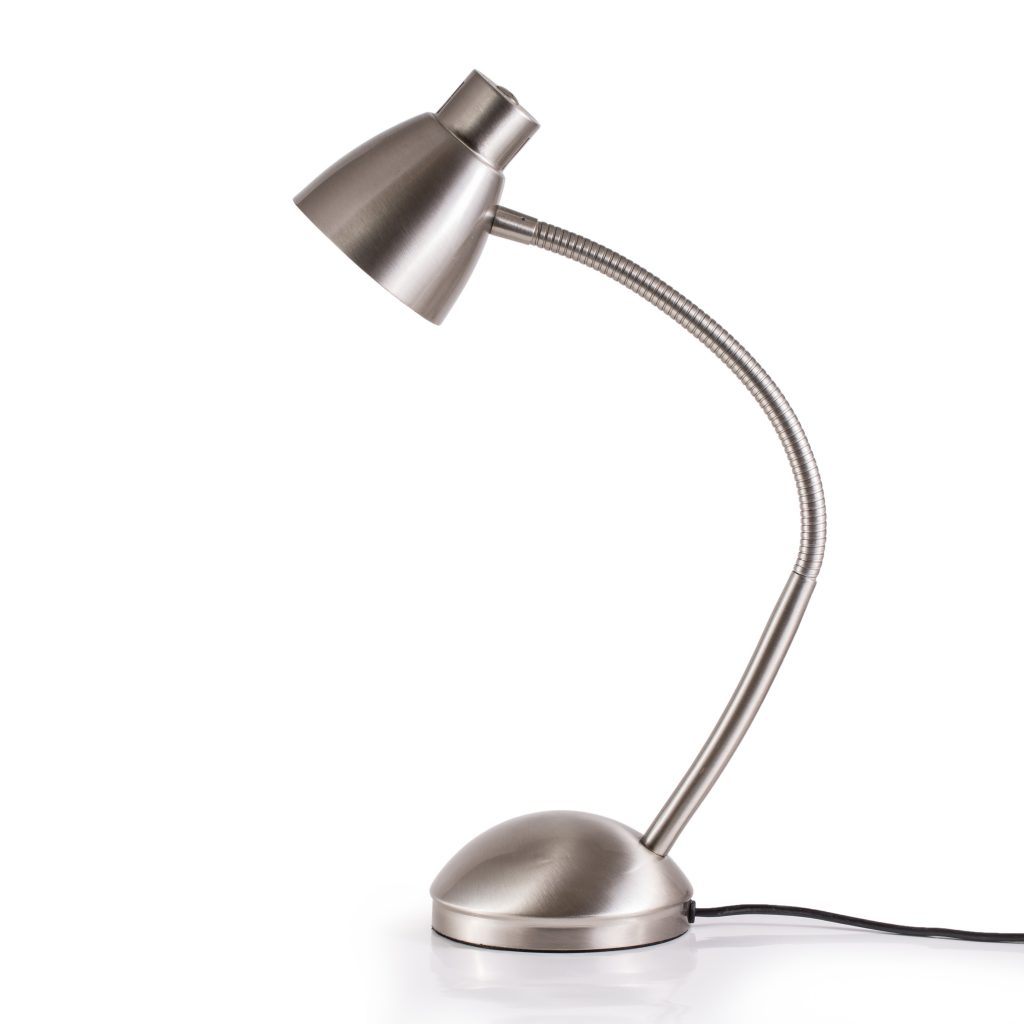
4. Use Lamp and Lighting Timers
Prevent any stumbling around in the dark by putting your lamps and task lighting on a timer. These automatic timers can turn on lights in the times they’re needed the most, lighting key areas. They prevent extra difficulties because without unexpected dark hallways or rooms, the eyes don’t have to adjust from lit rooms to dark spaces.
5. Maximize Task Lighting
Consider your frequent tasks. We’ve been around lighting long enough to know that there’s always some type of lighting that can make those tasks easier! There are adjustable lamps that illuminate your specific task, like a gooseneck lamp. Hanging fixtures can also be pointed at desks, chairs, or other areas. You might even need less magnification because of the better illumination!
Keep in mind, these tips may not work for every eye condition, but they’ve helped us! You can always contact us, or a vision specialist, to determine what type of lighting will be most beneficial for your unique circumstances.


